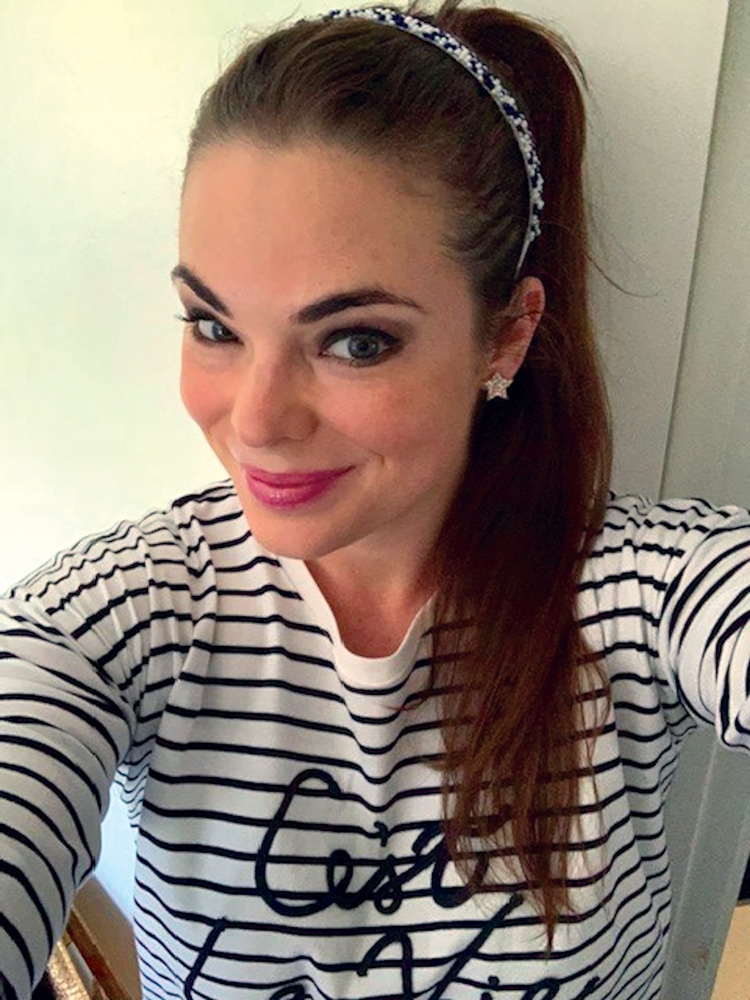Cough is the most common paediatric presentation to general practitioners and is associated with morbidity and reduced quality of life. Important points in the history include duration of the cough and whether it is wet or dry.

Protracted bacterial bronchitis (PBB) is the most common cause of wet cough in children, particularly in those less than six years of age. PBB is commonly misdiagnosed as asthma, and studies reveal that 59-70% of children with PBB received asthma treatment before obtaining the correct diagnosis.
Children with PBB have endobronchial infection associated with airway neutrophilia and purulent endobronchial secretions. The most common organisms causing PBB are Haemophilus influenzae, Streptococcus pneumonia and Moraxella catarrhalis. There is a strong association between PBB and attendance at childcare, as episodes of PBB are often triggered by viral upper respiratory tract infection.
The features of PBB include chronic wet cough present for over four weeks, absence of an alternative cause and resolution of cough with a two-week course of antibiotics. Features of history suggesting a diagnosis other than PBB are listed in Table 1.
Various forms of PBB are recognised, with the above features comprising PBB-clinical. PBB-micro additionally requires growth of a single bacterial species from broncho-alveolar lavage (BAL) fluid of over 104 colony-forming units/mL. However, the vast majority of children with PBB do not require BAL. PBB-extended occurs when the cough requires four or more weeks of antibiotics for resolution and PBB-recurrent when there are more than three episodes in a year.
Children with PBB are usually otherwise well and investigations are unnecessary as PBB is a clinical diagnosis. Chest x-ray commonly shows peri-bronchial infiltrates and should only be requested if there are focal signs suggestive of pneumonia. It is unusual for children with PBB to be productive of sputum. However, if sputum is produced, sending a sample for microscopy and culture is helpful.
If untreated, PBB can progress to chronic suppurative lung disease (CSLD) and eventually bronchiectasis in some children. Risk factors for developing bronchiectasis are PBB-recurrent and infection with Haemophilus influenzae.
It is particularly important that PBB is recognised and treated in Aboriginal children as there is a high risk of progressing to CSLD and later bronchiectasis. Wet cough in Aboriginal children is often normalised and PBB remains under-recognised and under-treated.
For further information regarding management of wet cough in Aboriginal children, readers are directed to the excellent online module ‘Improving Aboriginal Children’s Lung Health’ (https://retprogram.org/training/improving-aboriginal-childrens-lung-health approved for 2 CPD points in the RACGP CPD Program).
 There is high quality evidence that a two-week course of amoxycillin/clavulanate (organisms causing PBB are often resistant to penicillin by production of a ß-lactamase) is effective treatment for PBB with a course of 5-7 days inadequate. Although some guidelines recommend an initial treatment course of four or even six weeks, this approach is not recommended in Australia as most children will improve with a two-week course. A shorter duration should lessen side effects, is consistent with antibiotic stewardship to minimise airway dysbiosis and lessens induction of antibiotic resistant bacterial strains.
There is high quality evidence that a two-week course of amoxycillin/clavulanate (organisms causing PBB are often resistant to penicillin by production of a ß-lactamase) is effective treatment for PBB with a course of 5-7 days inadequate. Although some guidelines recommend an initial treatment course of four or even six weeks, this approach is not recommended in Australia as most children will improve with a two-week course. A shorter duration should lessen side effects, is consistent with antibiotic stewardship to minimise airway dysbiosis and lessens induction of antibiotic resistant bacterial strains.
Alternatives in those allergic to penicillin are macrolides or trimethoprim-sulfamethoxazole. A Cochrane review found no significant difference in reported side effects, including diarrhoea, between the placebo and antibiotic groups.
Follow-up after treatment, to ensure resolution of cough, is essential. Although a two-week course is generally sufficient, some require a longer course of four to six weeks to achieve cough resolution (PBB-extended).
Children with PBB-extended are more likely to have an underlying respiratory condition (over 50% have tracheomalacia and/or bronchomalacia). PBB-extended may also indicate underlying bronchiectasis. Therefore, children not improving or requiring more than four weeks of antibiotics need referral to a respiratory physician for further investigation.
Children with PBB-recurrent also warrant referral as they may have an underlying respiratory condition such as immune deficiency, cystic fibrosis, inhaled foreign body or primary ciliary dyskinesia. It is likely that abnormal interactions of host and local airway immune, defence and inflammatory mechanisms, muco-ciliary clearance, airway microbiome and biofilm production also contribute to PBB-recurrent.
Children with PBB-extended or PBB-recurrent will usually have a CT scan performed and other investigations may include bronchoscopy and BAL, immune function testing, sweat test, spirometry, barium swallow, video-fluoroscopic swallow study, laryngo-tracheo-bronchoscopy, upper GI endoscopy or genetic tests based on the history, examination findings and clinical course.
Key messages
- PBB is the most common cause of chronic (over four weeks) cough in children
- Treatment with antibiotics targeting the most common pathogens for two weeks is indicated
- Children with PPB-extended or PBB-recurrent warrant referral to a respiratory paediatrician for further evaluation.
– References available on request
Author competing interest – nil

